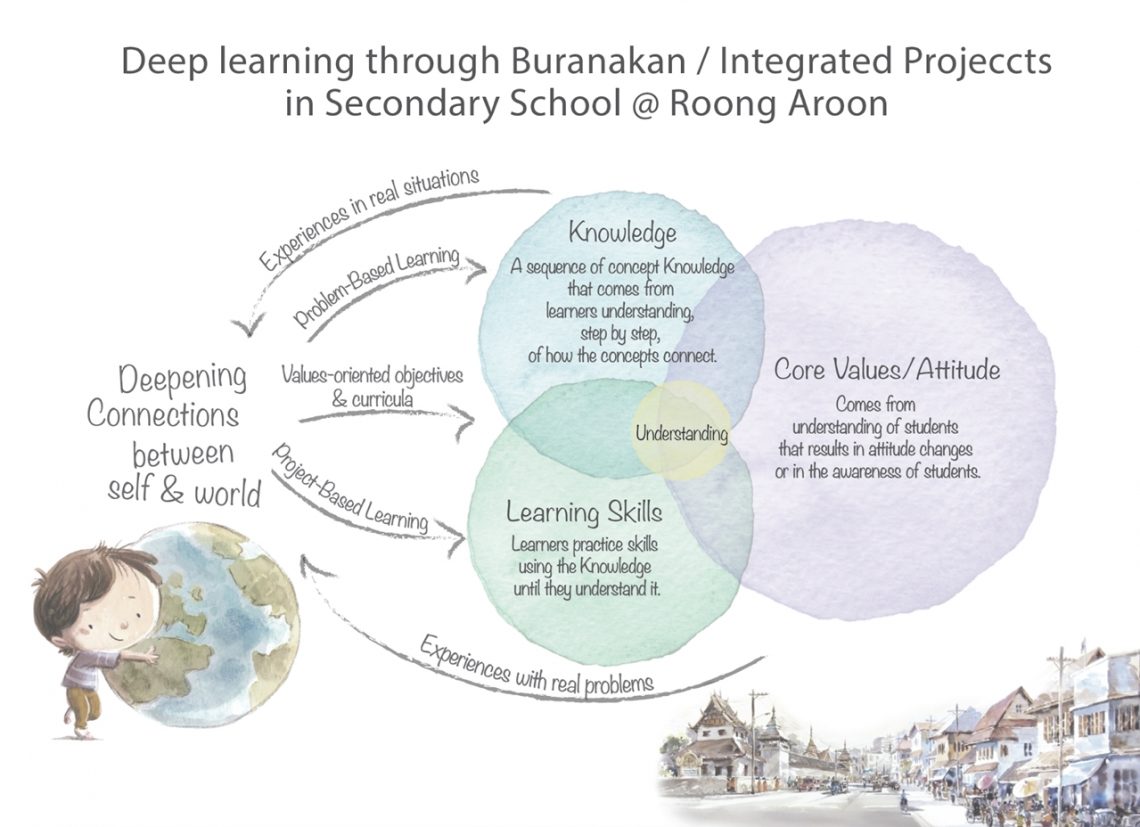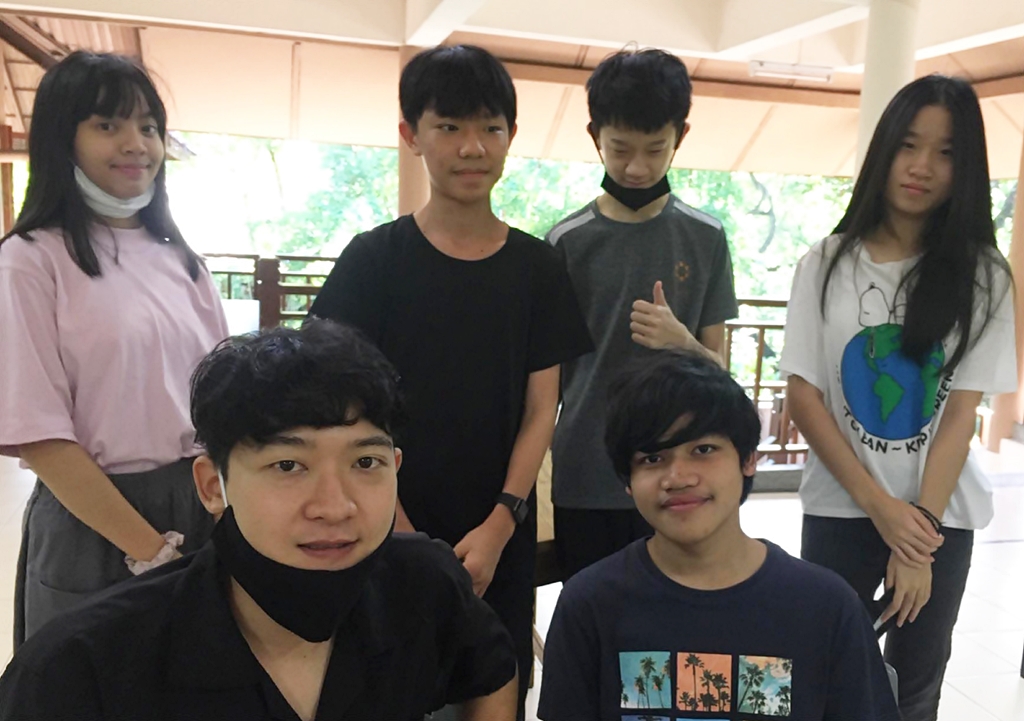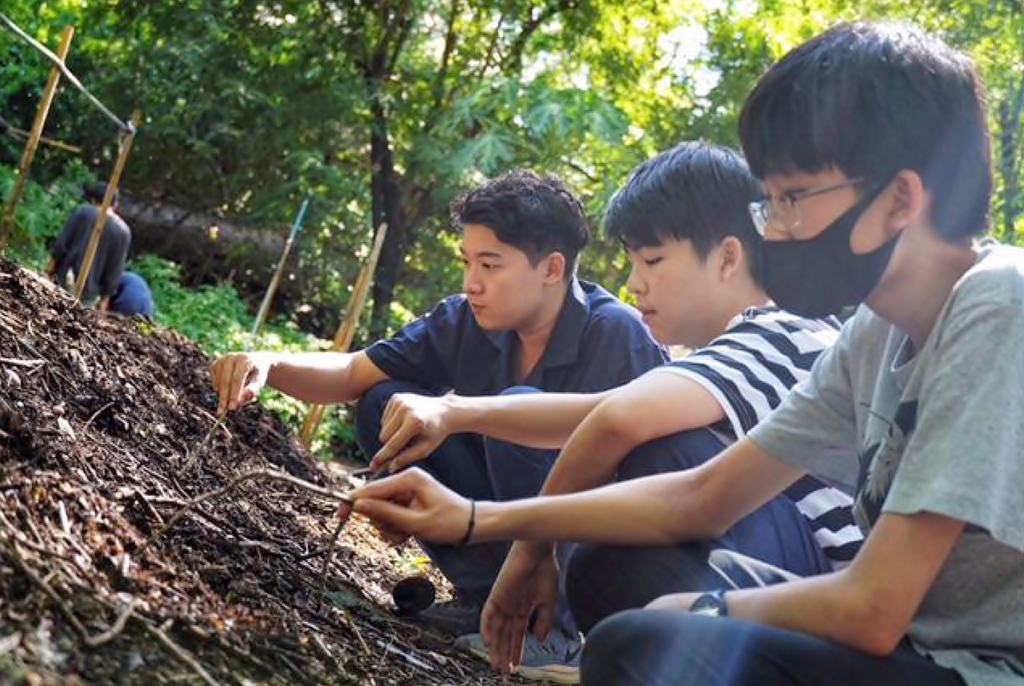
Buranakan in Grade 9: Deep Learning through Integrated Project Work
Understanding the Students
Often, a special relationship develops between RA students and their Buranakan teachers. As teachers learn to guide students with sincere care for their well being, students develop confidence by being challenged at just the right level for the inquiries they are making.
Teacher Mod looks for the best in students while nurturing a relationship that opens a door for critical feedback about their work. “We are learning together, so mistakes are part of our learning from each situation. The only failure is the failure to not improve oneself,” Teacher Mod points out. Gradually, students learn to expect more from themselves, putting great effort into selecting and pursuing a Buranakan project that they find personally meaningful.

| Establishing the Agreements for Self Development |
|
Teacher Mod’s class agreements are discussed on Day 1 of Grade 9 with the whole class until the students grasp them “as a promise” to which everyone agrees. Mod leads a discussion in which he “catches” students’ intentions, listening beyond their words to the essence of where each student is coming from. He elaborates with examples of each concept, aware of the importance that he wants students to hold. The rules are communicated in simple yet clear ways; the core concept of the “rules” develop further in the weeks that follow. They never need to be written down, but felt in the hearts of students. They are like an unwritten relational agreement that may vary slightly from one class to another. In Term 1, the three big agreements that Teacher Mod’s class 9/2 discussed in depth were:
There is no punishment for breaking the rules/agreements; but Mod notices how students can see in themselves when they’ve done something that’s not okay. The agreements, or rules, serve as the foundation for establishing the importance of learning together with seriousness, attention, a collaborative mindset, and a commitment to self-improvement. With a group of 14-year-old students, this is no small accomplishment. During Terms 2 and 3, Teacher Mod shifted his emphasis from these three agreements to what he called “the 3 A’s:” Attempt, Attitude, and Atmosphere, to get all students observing and thinking more about their own efforts, their own mindsets, and how they each contribute also to the overall classroom atmosphere. Whether he’s using whole-class agreements or discussing with students about the three A’s, the important thing is to talk openly with students about their own responsibilities for helping to set the tone for learning each term together. |
The Roong Aroon Buranakan teachers also serve as homeroom teachers for the same 25 students, so they get to know their students well, both inside and outside of class. They assist with the weekly Buddhist classes as well as engaging actively with students on service days to clean local canals or Buddhist temples (for example). This cultivates the formation of strong yet easy-going student-teacher relationships.

classroom, whenever it’s relevant to their inquiries.

